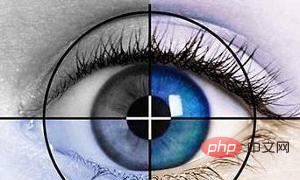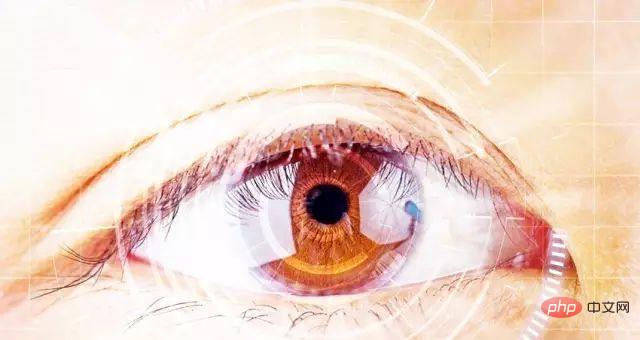
As we age, presbyopia troubles many people. It is a common visual problem that makes people unable to see close objects clearly. In addition to blurred vision at close range, there are other characteristic symptoms of presbyopia. PHP editor Xigua will introduce the symptoms of presbyopia in detail in this article and provide some prevention methods to help everyone better understand and deal with this visual problem.

1. Symptoms of blurred vision
The main symptom of presbyopia is blurred vision of objects at close range. Objects need to be zoomed out to make them clear. When reading newspapers or doing manual work, when people read a book, they will find that the fonts become blurred. Affecting people's lives and work, this symptom will gradually worsen.
2. Eye fatigue and easy feeling of dry eyes
Presbyopia is often accompanied by eye fatigue and dry eyes, in addition to blurred vision at close range. As a result, your eyes will feel uncomfortable, and long-term eye straining activities at close range will lead to eye muscle fatigue. Caused by decreased tear secretion, dry eyes are caused by aging.

3. Frequent blinking and eye itching sensation
This is a sign that the eyes are trying to adjust the focus. Presbyopic patients often experience the feeling of frequent blinking. More blinks are required to adjust focus, due to the reduced ability of the eyes to adjust to close objects. This is because the surface of the eye is dry and uncomfortable, and presbyopia is also accompanied by an itchy feeling.
4. Double shadows when looking at distant objects
Presbyopic patients will also find double shadows on distant objects, in addition to blurry objects when seen at close range. The inability to focus on the same object at the same time results in double vision. This is due to the refractive error of the eyeballs caused by presbyopia.
5. Difficulty in identifying small fonts and images
Patients begin to encounter difficulties in identifying small fonts and images as presbyopia worsens. It will become blurry, and the subtitles on the TV screen need to be seen from a distance to be recognized, such as the content of text messages on the mobile phone.

6. Easily produce headaches and dizziness
Excessive force on the eyes. Presbyopia requires frequent focus adjustment, which can easily lead to headaches and dizziness. This discomfort is more obvious, especially after long-term close eye activities.
7. Decreased night vision
Patients with presbyopia usually find that their night vision decreases. It is also prone to halos and glare, making it difficult to see close objects clearly in dim environments.
8. Methods to prevent presbyopia
We can take some measures to prevent presbyopia. Avoid using your eyes at close range for a long time and maintain correct eye posture. Pay attention to resting and moisturizing your eyes, and maintain good living habits. Improve the adjustment ability of the eyes and perform some eye exercises. Identify problems promptly and deal with them, and conduct regular eye examinations.
Difficulty recognizing small fonts and images. The main symptoms include blurred vision at close range, prone to headaches and dizziness, decreased vision at night, frequent blinking and itchy eyes, eye fatigue and dry eyes, and presbyopia. is a common visual problem in which distant objects appear as double images. Perform eye exercises, conduct regular eye examinations, and pay attention to resting and moisturizing your eyes. In order to prevent presbyopia, we should maintain correct eye posture. Only in this way can we effectively prevent the occurrence of presbyopia and protect our vision.
The above is the detailed content of Symptoms and prevention methods of presbyopia (presbyopia). For more information, please follow other related articles on the PHP Chinese website!




